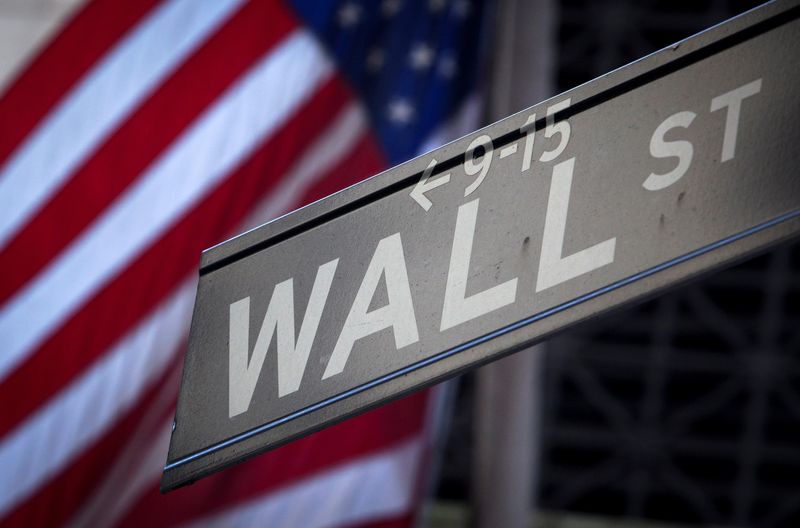By Lewis Krauskopf
NEW YORK (Reuters) - Growing volatility in U.S. stocks is driving a search for defensive assets, though investors may have fewer places to hide this time around.
Wall Street’s most closely-watched measure of investor nervousness, the Cboe Volatility Index, on Friday hit its highest in nearly seven months, as the S&P 500 slid for the week. The benchmark stock index is down 8% from late July, when it hit its high for the year, though still up 10% year-to-date.
Assets that can help investors weather the storm may be in short supply. Equity sectors such as utilities and consumer staples, popular with nervous investors when markets grow choppy, have been swept up in the S&P 500’s recent decline.
The Japanese yen stands at its lowest against the dollar in about a year. U.S. government bonds are on track for an unprecedented third straight annual loss, with yields on the benchmark 10-year Treasury - which move inversely to bond prices - at their highest since 2007.
That has left investors piling into other traditional safe-haven assets such as the dollar and gold, as well as short-term debt. Nevertheless, “it is no doubt a challenging environment for well-diversified portfolios," said Angelo Kourkafas, senior investment strategist at Edward Jones. Of Treasuries, he said, “We have this safe haven asset class that is not necessarily at the moment getting any bid or providing much safety from that volatility of the headlines.”
Investors have plenty of reasons to be jumpy. Rising bond yields have dampened risk appetite, raising the cost of capital for companies and offering investment competition to stocks. Federal Reserve Chairman Jerome Powell on Thursday said the stronger-than-expected U.S. economy might warrant tighter policy.
Fears that the conflict in the Middle East will widen have made traders more anxious, while a weaker-than-expected earnings report for Tesla (NASDAQ:TSLA) this week also darkened the mood.
Volatility in stocks has been accompanied by increased gyrations in the Treasury market. The MOVE index, which measures expected volatility in U.S. Treasuries, stands near a four-month high.
"When rates are increasing at the rate they are and the geopolitical situation is what it is, now you are getting a bid to volatility," said Brent Kochuba, founder of options analytics service SpotGamma.
The week ahead will be busy for markets, with earnings due from Microsoft (NASDAQ:MSFT), Alphabet (NASDAQ:GOOGL), Amazon (NASDAQ:AMZN) and Meta Platforms - four of the seven U.S. megacap stocks whose gains have powered the S&P 500 higher this year while the rest of the index has lagged.
The index's defensive sectors have been battered this year, with utilities down about 18%, consumer staples off nearly 9% and healthcare down roughly 6%, partly because higher yields on Treasuries have dulled their allure.
"Safe-haven assets have not performed as expected in response to conflicting growth data and elevated geopolitical tensions," analysts at UBS Global Wealth Management wrote on Friday.
Investors still have some portfolio hedges. Prices for gold have soared 8% since the conflict between Israel and Hamas broke out this month.
In currencies, the Swiss franc, a longstanding safe haven asset, stands near its highest level against the euro since 2015. The dollar is up 5% in the last three months.
Some investors are moving to short-term Treasuries or money-market funds, which are providing more attractive returns since interest rates began rising early last year.
“There are certainly plenty of investors who ... at 5% plus rates on completely liquid Treasury bills are willing to park there while they await some clarity on inflation and on the economy,” said Rick Meckler, partner at Cherry Lane Investments. U.S. money market funds have seen $640 billion in inflows this year, according to LSEG data.
To buffer against bond market volatility, UBS analysts said they preferred five-year duration relative to 10-year "to earn yield and to mitigate the risk that 10-year yields continue to rise."

They also recommended hedging against a widening conflict in the Middle East by taking long futures positions on Brent crude oil.
Geopolitical uncertainties, climbing bond yields and the risk of more losses in stocks means "investors face fresh uncertainties," they wrote.